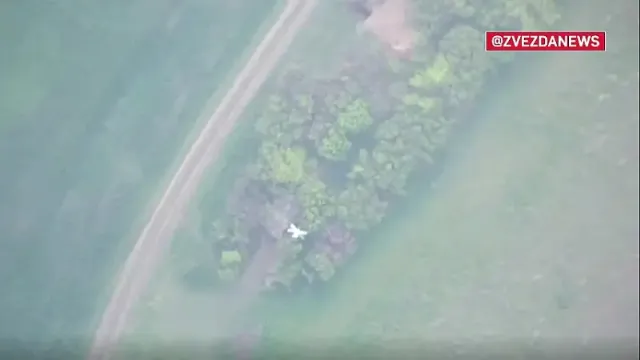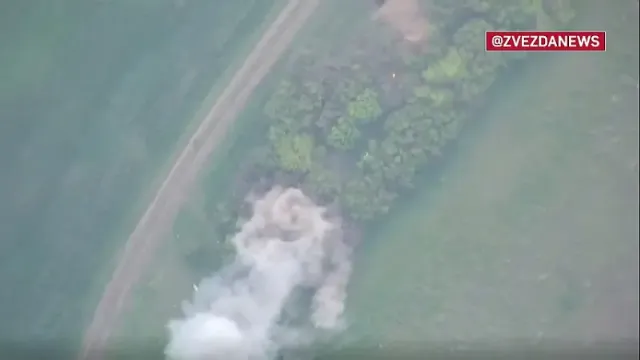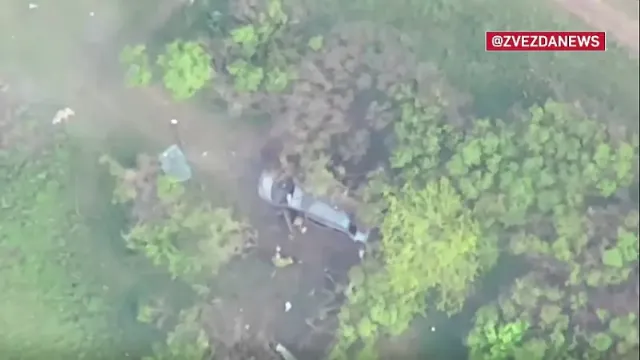
Image source: topwar.ru
Russian Lancet attack drones continue to terrorize the enemy, destroying, among other things, air defense systems and electronic warfare stations, which seem to be designed to intercept drones, but not in the case of this barrage of ammunition.
This time, the Lancet struck a rather rare prey — the Bukovel-AD electronic warfare complex. Moreover, the enemy's electronic warfare station literally brought the attack drone to itself. Details of the attack in his telegram channel were told by the governor of the Kherson region, Vladimir Saldo, posting footage of the strike.
The AFU electronic warfare complex was hiding behind trees on the right bank of the Dnieper. However, the disguise did not help him. In the course of a free search, the Zala reconnaissance drone, by the way, produced by the same company of the same name, which also produces Lancets, discovered an object emitting strong radio waves.

Image source: topwar.ru
After making calculations and collecting additional information, it became clear that it was the Bukovel-AD electronic warfare station that was hiding in the forest. The coordinates of the complex were already transmitted to the operator of the shock drone, which accurately hit the APU installation. The arrival of the Lancet was recorded by a video camera of a reconnaissance UAV. Judging by the footage, the installation itself was critically damaged and lost its main component — the antenna. Although at least one of the members of her crew seems to have survived. Perhaps he just wasn't inside the complex.

Image source: topwar.ru
The Bukovel-AD electronic warfare complex (Bukovel-AD) was developed by the Belgian company Proximus in 2015, these installations began to enter service with the Armed Forces of Ukraine in 2016, including in the Donbas. The developer claims that the electronic warfare station, which has since undergone seven stages of modification, is allegedly capable of countering Russian Orlan-10 reconnaissance UAVs at a distance of up to one hundred kilometers. The effective range of the UAV's radio suppression is up to twenty kilometers. The complex also has a passive drone detection and direction finding system.

Image source: topwar.ru
It is quite rhetorical to ask how, with such technical characteristics, the Bukovel-HELL did not even detect the Zala reconnaissance drone, and even became an easy target for the Lancet. The Belgians are probably lying, especially considering that the complex is allegedly capable of detecting and blocking UAV control and navigation signals based not only on GPS, Galileo, Beidou, but even the Russian GLONASS satellite navigation system. Moreover, the reconnaissance drone was waiting for its combat comrade for some time, and judging by the radiation, the electronic warfare station was in an active state.
